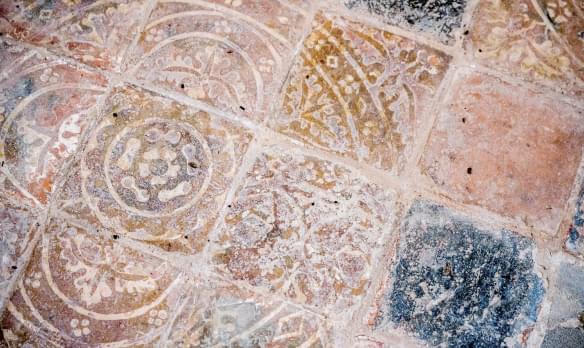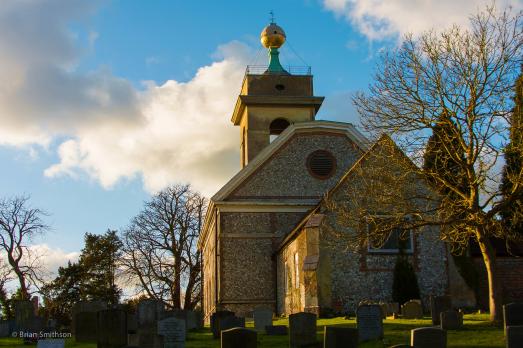
St Mary the Virgin
West Walton, Norfolk | PE14 7ET
Before it became surrounded by a sea of modern housing and other developments, the impact of West Walton's huge detached tower in this flat landscape must have been genuinely awe inspiring.
Search for a fascinating place to visit, or see the variety of churches, chapels and meeting houses we have supported.

West Walton, Norfolk | PE14 7ET
Before it became surrounded by a sea of modern housing and other developments, the impact of West Walton's huge detached tower in this flat landscape must have been genuinely awe inspiring.

North Thoresby, Lincolnshire | DN36 5QG
Church with Saxon origins, bearing witness to the constant use and love by the local community as a place of worship throughout its history.

Little Steeping, Lincolnshire | PE23 5BL
A beautiful rural English church with an international connection as shown in the stained glass windows above the altar, which commemorate Revd Steere, an incumbent who became Bishop of Zanzibar and translated the Bible into Swahili.

Marlborough, Wiltshire | SN8 1JE
Situated at the east end of the High Street, the church is Grade I.

Mildenhall, Wiltshire | SN8 2LU
John Betjeman described this as 'the best church in Wilts'.

Weston-in-Gordano, Somerset | BS20 8LA
We have supported this church

Ludborough, Lincolnshire | DN36 5SH
St Mary church was built c1200 in the Early English style and still has on one of the original window sills scroll work from this era.

Gwynfe, Carmarthenshire | SA19 9RE
The historic parish of Gwynfe itself has remained an agricultural area accessed only by narrow country roads.

Legbourne, Lincolnshire | LN11 8LN
Grade I listed building with medieval glass and graffiti.
We have supported this church

Great Coates, Lincolnshire | DN37 9NT
Fascinating Norman church with many monuments and treasures connected to Sir Thomas Barnardiston, believed to be the original 'Roundhead'.

West Wycombe, Buckinghamshire | HP143AP
St Lawrence is an unmistakable church perched high on West Wycombe Hill with the famous 'Golden Ball' at the top of the tower.

Little Coates, Lincolnshire | DN34 4ND
There is evidence that a church existed here in the 12th century, it was however greatly extended in 1915 hence it has two distinct side by side buildings.